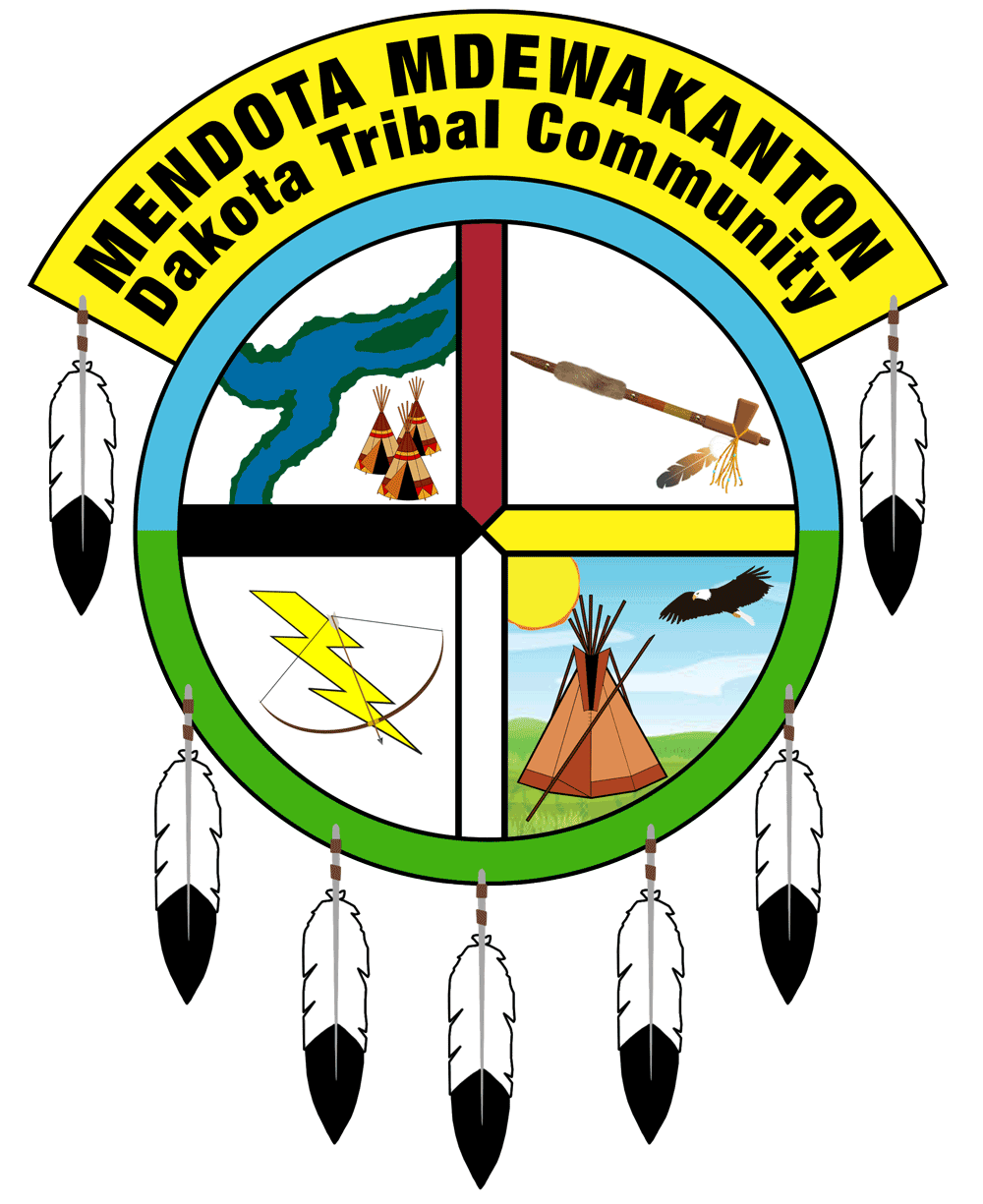Honoring Our Ancestors Saturday Feb 3, 2024.
We will be meeting even if it is very cold. Consider the people back in 1862 who were forced to walk with not much food, warm clothes, and no real shelters. Many were women and children, the sick and elderly. Many died on the walk. In Addition to the above, native people lost everything they knew and loved. EVERYTHING!
Please join us for our sacred fire ceremony and potluck gathering.
All listed times are approximate.
Our ceremony will begin with the lighting of the sacred fire at 11 AM at the Fort Snelling State Park: 101 Snelling Lake Rd, St Paul, MN 55111. Park entrance off Highway 5 at Post Road near the MPLS/ST. Paul International Airport.
We will light the sacred fire at 11:00ish by Tommy, Joseph Bestor assisted by Duane, Tim, Dennis, Riley, Richard, Tony, Steve R and others. The ceremony is at 12:00ish indian time.
Stop at park office to get free pass, or bring this flyer. If you have the flyer just drive thought. Drive stright back no turns, about a mile by the Mendota Bridge by the Interpenter Center. Ceremony will be right there.
Please bring tobacco and sage, if you can, for the ceremony. DRESS WARM! The ceremony is outdoors, and it could be cold.
After the ceremony, we will have a potluck gathering at our new office from 1:30 PM to 3:30 PM. Please bring a dish to share.
1200 Centre Pointe Curve, Mendota Heights MN 55120. We are at Highway 13 and Crosstown on the frontage Rd. Once you are at the office building. We are on the far left side, go down the stairs on the right suite 150. There are signs on 2 doors and by the street.
For more information, or directions or if you would like to help, please call Sharon at 651-452-4141.
Sponsored by the Mendota Mdewakanton Dakota Tribal Council and its Members. Sharon Lennartson Chairwoman, Steve Renville Vice Chairman, Joe Lennartson Treasurer, Danielle Ross Secretary, Greg Strandmark Historian.
We wish to thank Minnesota DNR for their almost 30 years of assistance! Hope to see you there.

On December 26, 1862, the U.S. military lynched thirty-eight men of our Dakota patriots in the largest mass execution in United States History. Two more men were hung so that’s 38 + 2.
On November 7, 1862 a group of about 1,700 Dakota, primarily women and children, elderly were forcibly marched from the Lower Sioux Agency 500 miles by foot. To a concentration camp at Fort Snelling MN.
Where
Fort Snelling State Park.
The park entrance is off Highway 5 at Post Road near the Minneapolis / St. Paul International Airport.
If you need more information, please call the Mendota Mdewakanton Dakota Tribal Community office 651-452-4141. Dress warm, the ceremony is outside. Women should wear skirts, wear pants underneath their skirts to keep warm.
Please bring some tobacco and sage.
Susu will bring 4 dozen doughnut holes.
Who can bring two cases of water? One for the ceremony, and one case for the office feast.
Steve V will provide coffee from JS Bean Factory.
Pidamaya ye
Sponsored by the Mendota Mdewakanton Dakota Tribal Council and its Members.
Sharon Lennartson Chairwoman, Steve Renville Vice Chairman,
Joe Lennartson Treasurer, Danielle Ross Secretary, Greg Strandmark Historian.
Hope to see you there. Love Good Thunder Woman.
The following is from: https://www.usdakotawar.org/history/aftermath/trials-hanging
On September 28, 1862, two days after the surrender at Camp Release, a commission of military officers established by Henry Sibley began trying Dakota men accused of participating in the war. Several weeks later the trials were moved to the Lower Agency, where they were held in one of the only buildings left standing, trader François LaBathe’s summer kitchen.
